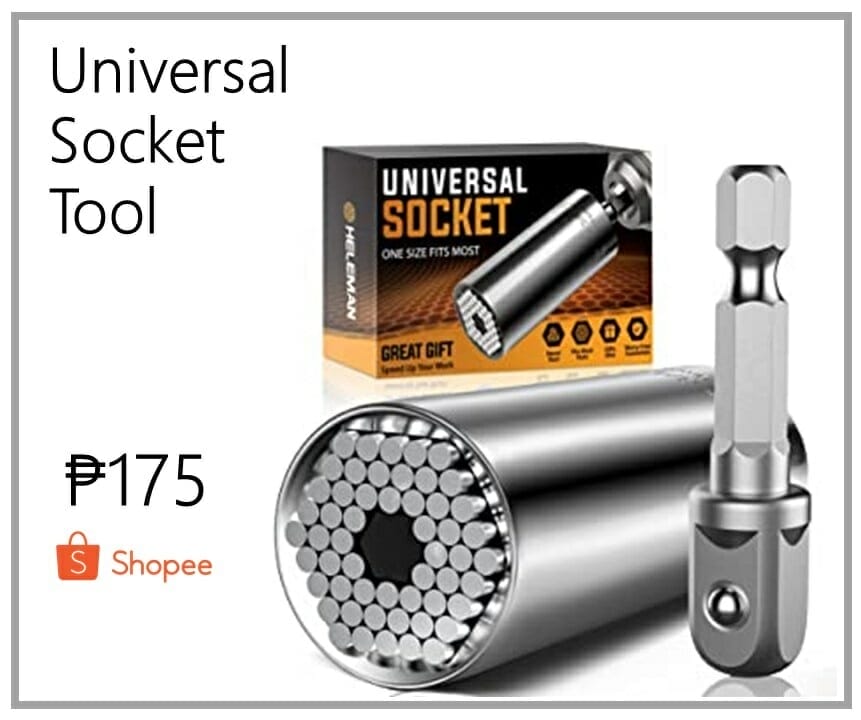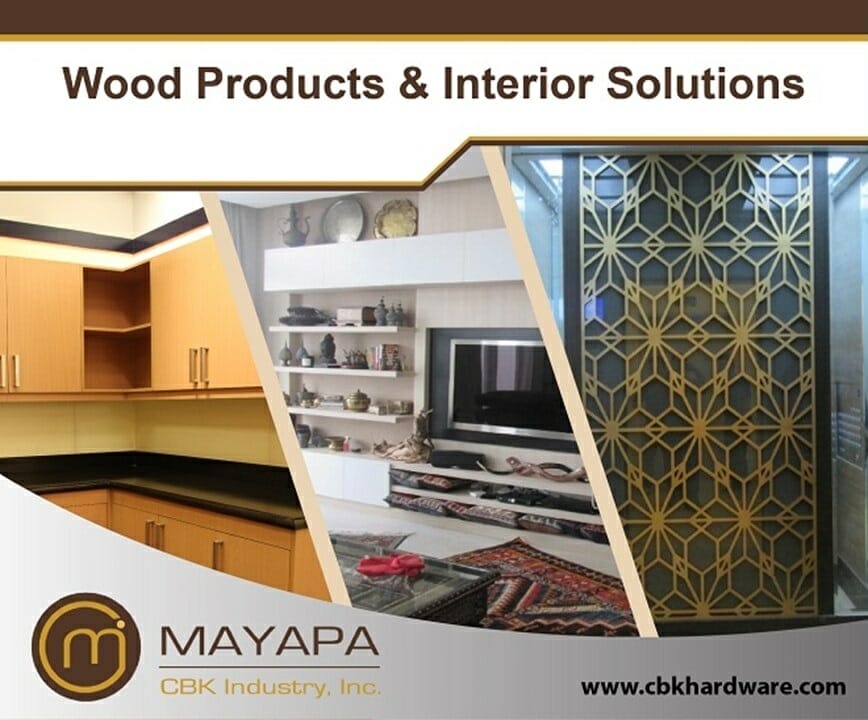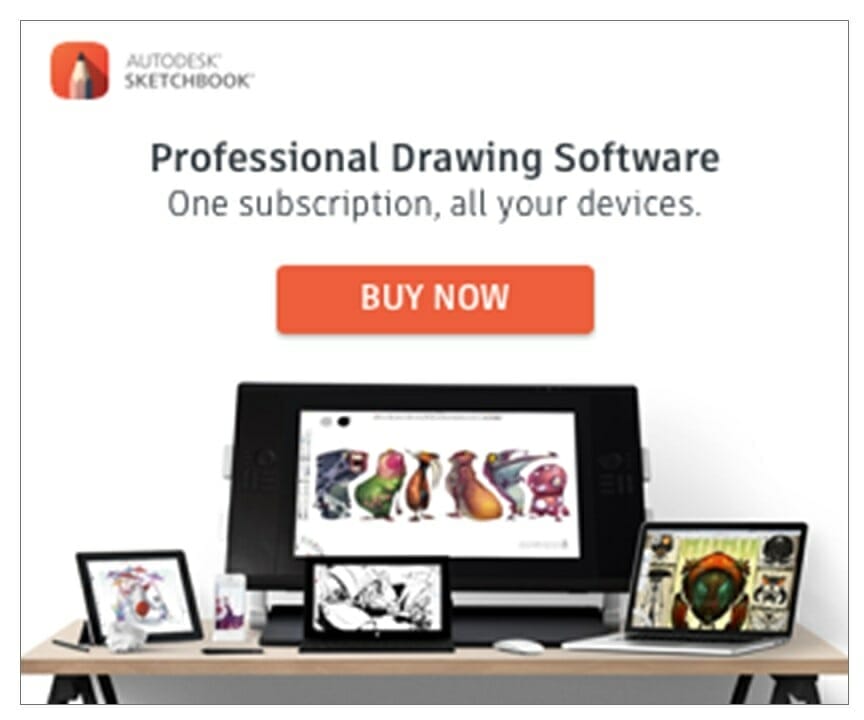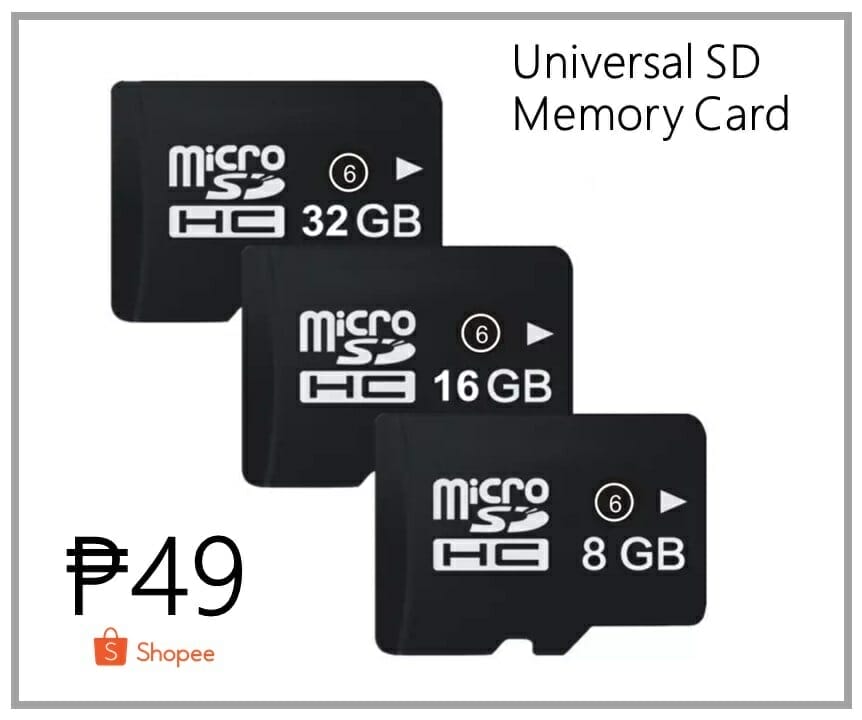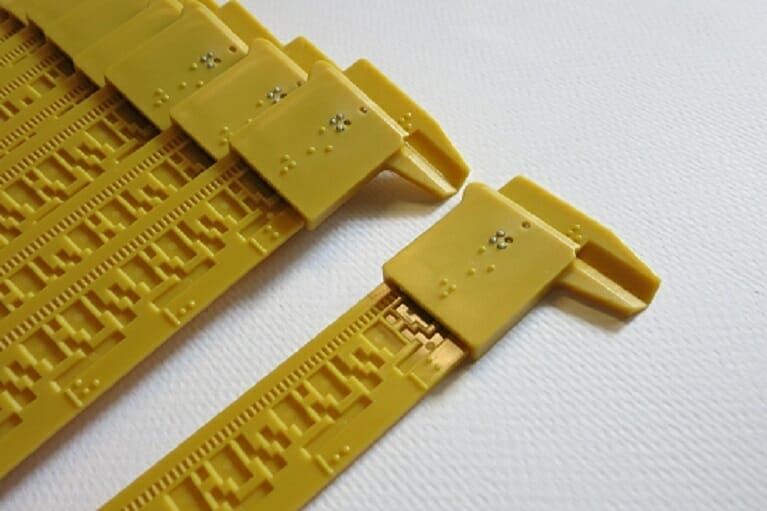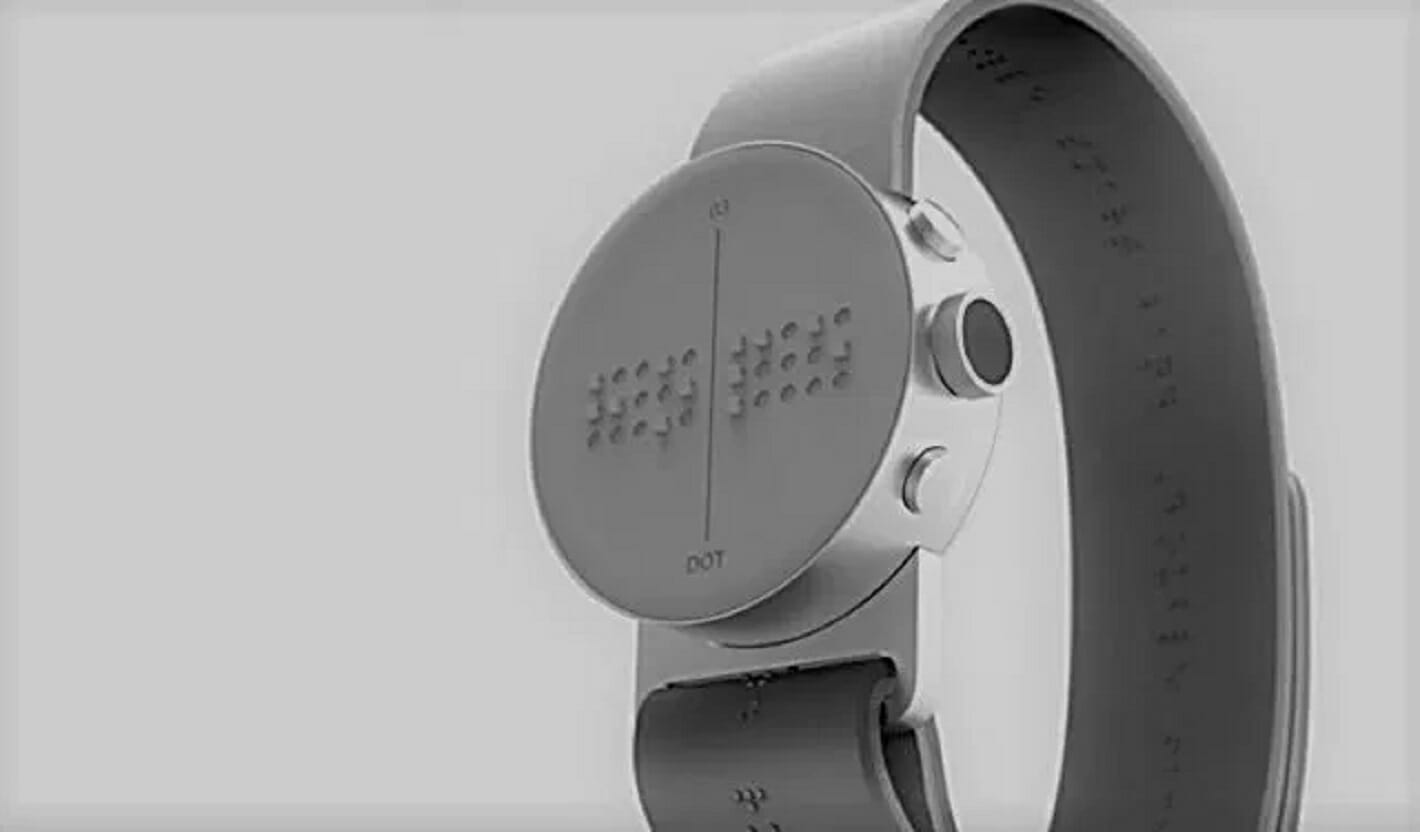Product Development Strategy
Consumers tend to search for innovative products because of changing needs. This is why businesses should also think of many ways to create new products that are of high-quality, as well as those that are functional and appealing. With today’s advanced technology, it’s not impossible to attain any product design and create a unique product that consumers would use and appreciate when it comes to assisting them in their day-to-day living, thus improving their quality of life.
In this post, you’ll learn some helpful tips when creating your new product development strategy.
Plan Your New Product Strategy
It’s important to first have a new product strategy before you start with product design. Determine the must-have features and benefits of the new product, and how it will be marketed. Defining your product goals and understanding your target customers are crucial when planning a new product strategy.
Here’s how to plan a new product strategy:
- Take a Survey: An excellent way to know the pulse of your customers is through a survey. Before thinking of product features, find out what your customers want and what features are important to them, and those that can improve user experience.
- Consult an Expert: Avomeen experts can help you research and obtain scientific facts about new product designs and trends.
Prototype Development
One major step before launching a new product is creating a prototype, which is the first operational and full-size form of a product design. It’s typically used for user testing, investor demonstrations, and providing your audience something they can see and interact with. As prototypes aren’t production quality, these aren’t held with the same standards as the final product.
There are many advantages of rapid prototyping. Prototypes help a business learn what functions and features need tweaking. This way, you can immediately perfect your product and release it to the market in the soonest possible time. The process of designing a product to getting it to the market is usually long; it has unknown obstacles and unexpected turns. Creating a quick prototype of your product can help smoothen this process while presenting several benefits.
Most businesses fail to perform prototyping because they think that it’s not worth spending resources and time in pursuing a faulty product development strategy.
Your product development strategy should include the best prototyping technique for your new product idea. Businesses can achieve a successful new product launch because of the benefits of prototyping.
Here are some tips and tricks when choosing the best prototyping technique for your products:
- When choosing between the two most common prototyping techniques, you need to consider the type of material and volume, as well as the effect on the fabrication speed.
- Subtractive manufacturing is best suited for large objects with a large metal cog and high volume. On the other hand, 3D printing is best for smaller plastic parts, like brackets.
- For hybrid systems, you may combine the advantages of subtractive manufacturing and the versatility of additive manufacturing or 3D printing methods. There are specialist machines that can perform both 3D printing and subtractive prototyping operations. It means that you can manufacture complex parts easily. Because the materials can be layered and finished using milling tools, hybrid manufacturing is best for repairing broken or worn out parts.

Material Selection
Creating a new product development strategy should also take into account the materials you’ll be using. But you don’t want to mass-produce without being certain that the new product will be functional and effective. That’s why prototyping is very important.
Check out these helpful tips when it comes to prototype material selection:
- When choosing the best material for your new product, it should start with a prototype. If you need a prototype with a great surface aspect, it’s important to choose a material that best resembles your final material.
- Adding some finishing options can help attain the best results for your prototype. For instance, if you’re into the healthcare industry, you want high-quality, non-toxic, non-absorbent, and environmentally friendly medical products that healthcare professionals and patients trust. By using antimicrobial coatings and medical-grade materials, you can manufacture rapid prototypes to meet performance and visual requirements.
Testing Methods
Before a product is released to the public, it’s usually tested by a smaller group. Testing is always part of creating a new product. So an essential aspect of planning your strategy is to determine the best product testing method to use. Live market testing should be a priority when testing a new product.
Here’s what you need to know about live market testing:
- A major part of product testing happens in a “live” market setting. After prototyping, you can start selling and receiving feedback from your genuine customers and focus groups.
- Introduce a limited number of new products to your target audience before high volume production.
- Market testing is a worthy investment to ensure that your design is functional. If you can’t use this step in-house, consider using companies for market testing.
- Once the first batch hits online retail and physical stores, analyze sales, your customers’ buying behavior, and customer feedback before making additional adjustments.
- Consider using influencer marketing. This is usually geared toward sales promotion, but it’s also an effective strategy when testing new products or exploring new customer groups. Instead of having influencers promote your product, consider asking for their experience and honest feedback in using the product. When you get them to try the beta testing part of your product, you also create a relationship for your future products as well.
Conclusion
Product design, prototyping, and product testing are always part of creating a new product development strategy. The first stage is planning your product strategy using available resources, which should include research and consultations with experts.
Next, prototyping is a must, which involves choosing the best techniques and materials before high volume production to avoid wasting money and time on a product with uncertain features or poor quality. Once you have a perfect prototype, you can create the best strategies to start selling and marketing a new product.




